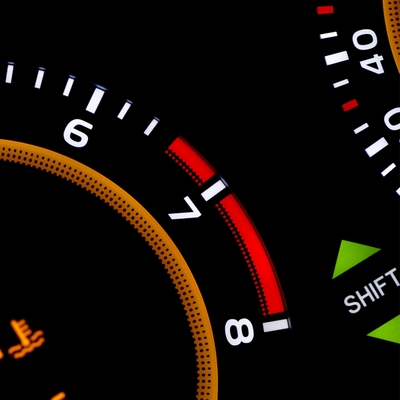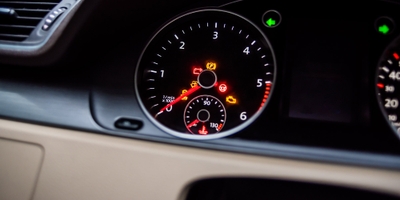What to know about a powertrain warranty
3 min read
The powertrain warranty is one of those things that aspiring new car owners often overlook as they think about high down payments, insurance, and options when buying a car. However, that could be a mistake. It’s costly to repair the engine’s vital parts. Fortunately, a powertrain warranty can cover the costs of repairing and replacing damaged parts. Every new or current car owner needs to know about what a powertrain warranty does and does not cover.
What is the powertrain?
The powertrain contains all the necessary components to power and propel a vehicle. Among these parts are the engine, transmission, and axles.
The engine is like the heart of a car. It gives the car the power to move utilizing combustion. The engine also includes the drive shafts and differentials, which are a set of gears. They enable a vehicle to navigate around corners at varying speeds.
The transmission. There are two types of transmissions. An automatic transmission automatically shifts a vehicle’s gears. Manual or “shifter” cars don’t have an automatic transmission. The drive box is an engine part that relays rotation and momentum. There is one located behind the transmission. There’s also one that connects a front axle differential to the transfer case. A transfer case is a part found on four-wheel and all-wheel vehicles. It moves power from the transmission to the rear axles through the drive shafts.
The axles. The axles are shafts that spin and turn the wheels of a vehicle. There is one in the front and one in the car’s rear.
All the powertrain components are interconnected and can’t function without each other. Many things can go wrong with the powertrain components including oil leaks, strange noises, and problems with the clutch. It’s costly for car owners to repair or replace any part of it.
And that’s where a powertrain warranty comes in.
What is a powertrain warranty?
A powertrain warranty covers the single most important part of a car: what makes it go. There isn’t a single component of the powertrain that’s inexpensive to repair or replace. The warranty covers the costs of repairing and replacing these parts. When any component breaks down, the manufacturer pays those costs. A powertrain warranty helps car owners avoid paying out-of-pocket when a mechanical malfunction occurs.
The powertrain warranty is typically valid for 5-10 years after purchase. Some warranties depend on mileage. The warranty is valid until the vehicle exceeds a certain mileage limit in these cases. These kinds of warranties can range anywhere between 50,000 and 100,000 miles.
Manufacturers offer warranties based on years or mileage. The coverage may be limited to whichever kicks in first, the mileage or in-service time. Coverage is also limited. For instance, the warranty could cover repairing the transmission but not the battery. Learn about the difference between a warranty and car insurance.
What isn’t covered in a powertrain warranty?
A bumper-to-bumper warranty can cover the things the powertrain warranty doesn’t. It covers everything between the front and back bumper. Car owners can also purchase bumper-to-bumper insurance to help cover damages. The warranty shows the manufacturer’s trust in the quality of their vehicles. The longer the warranty, the more committed the manufacturer is to their vehicles.
Most modern cars manufactured today come with some warranty on the powertrain. However, these warranties don’t apply to used models. Used car owners can get additional coverage by purchasing certified pre-owned vehicles.
What voids your vehicles powertrain warranty?
Edmunds lists the following situations that could void your warranty:
- The vehicle was declared a loss in a crash and received a salvage title
- Misuse of the vehicle
- Damage from a fire, flood, or another environmental disaster
- Altered odometer
- Neglect
- Use of improper fluids
- Aftermarket parts or modifications
You can avoid difficulties related to the powertrain warranty if you read it carefully to determine what it covers and does not cover. Also, note the powertrain and other regular vehicle maintenance schedules.
Consider adding a powertrain warranty when you purchase a new vehicle
Often, new car buyers overlook the powertrain warranty in the purchase process, meaning they buy a vehicle with limited coverage for critical engine parts. In the end, buyers may spend more than they bargained for in repairs. Learn more about extended car warranties and when buying one is worth it.






